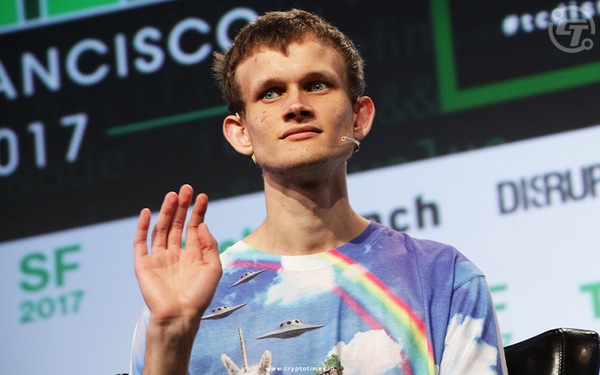Ethereum co-founder and developer Vitalik Buterin has proposed a new concept of ‘enshrined zkEVM’ for addressing Ethereum scalability.
In his latest blogpost, the Ethereum core developer said that a zero-knowledge EVM (Ethereum Virtual Machine) could efficiently be implemented directly on Ethereum layer 2 networks, which use both optimistic and zero-knowledge (zk) rollups.
Vitalik describes that the current layer 2 protocols on Ethereum heavily rely on EVM execution and verification with a large set of codebases.
If the codebase of these layer 2 protocols contains any bugs, it puts the whole network at risk of being hacked.
He further said that these layer 2 projects mostly provide the functionality already available on Ethereum, and in addition, Ethereum governance could implement changes to the network.
While Ethereum’s light clients are getting more powerful, it is expected that ZK-SNARKs will be fully operational on EVM for data verification and transaction executions over the next few years. Vitalik believes that at that time, Ethereum will eventually have a built-in zkEVM, so it could also be available for rollups as well.
According to Vitalik, the proposed zkEVM needs to have certain key properties so that it can efficiently address scalability.
It requires compatibility –with Ethereum’s multi-client system including data availability and proof verification for different clients– , upgradability, and support for all EVM-based infrastructures.
“The most important property […] is speed,” said Vitalik, adding
“While it is possible to design an in-protocol ZK-EVM feature that is asynchronous, returning an answer for each claim only after a delay of N slots.
the problem becomes much easier if we can reliably guarantee that a proof can be generated within a few seconds, so whatever happens in each block is self-contained.”
Vitalik has also delved into many technical aspects of an ideal zkEVM, which are largely inherited by current layer 2 networks.
However, the implementation of zkEVM on Ethereum does not replace the need for layer 2 networks, as “layer 2 projects would still be responsible for many important functions,” such as high-speed confirmations and MEV mitigations, while maintaining a user and developer-friendly environment infrastructure.
Also Read: Worldcoin Introduces World ID 2.0 with Major Tech Integrations







